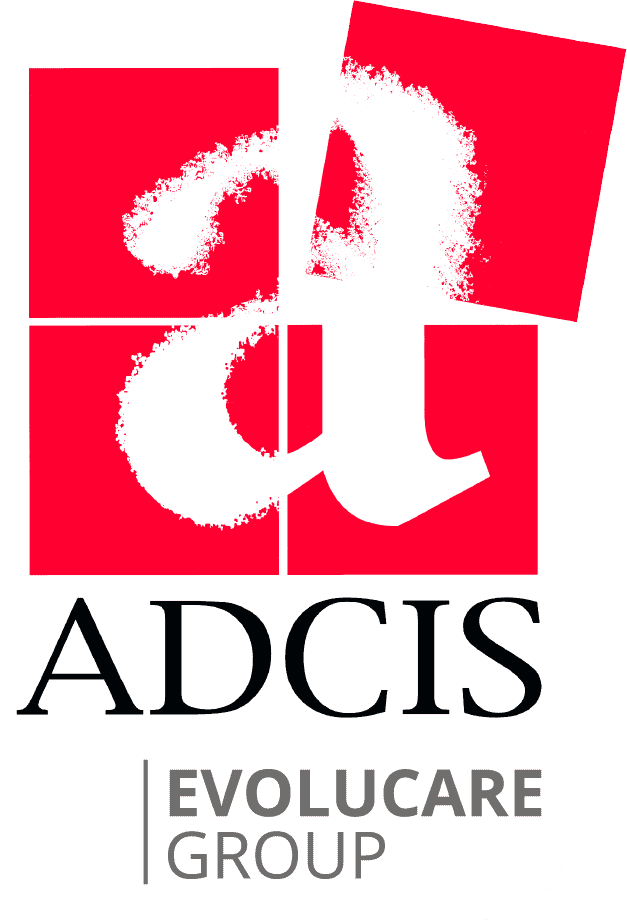3D Skeletonization Module: A Powerful add-on Tool to the Aphelion™ 3D Image Processing Module
Download the flyerThe Aphelion 3D Skeletonization module is an optional module to compute a one-voxel thickness, connected skeleton from a binary 3D image. The process used is based on advanced work carried out at the Ecole des Mines de Paris (France) and Monash University (Australia)


Original image and 3D Skeletonization result
The Aphelion 3D Skeletonization module is a robust and highly accurate process that is especially well-suited to the analysis of intricate objects like branched structures (left figure). The module's output is a set of one-voxel thickness branches represented in a tree-like structure (right figure). The resulting skeletonization is actually an Aphelion ObjectSet containing new attributes related to the skeleton, including a set of features associated with each branch, such as:
- Branch index
- Level of branch in the hierarchy
- Branch length (raw and calibrated)
- Length from each branch to the root
- Associated skeleton label
- Mother branch index
- Number and index of each child branch
- Node coordinates in the 3D space
Although the software initially sets the root of the skeleton, the user can manually set a different root. The tree structure and associated attributes are then automatically recomputed. With this method, the user can exhaustively analyze each connected component
Typical applications include analysis of blood vessels, neural systems, and any tree-like structure in 3D space. 3D skeletons greatly enhance a user's ability to quickly extract quantitative data from complex 3D structures.
Note that this module only executes in the Aphelion Developer environment and that the Aphelion 3D Image Processing module must also be installed on the computer.
Installation of the Aphelion 3D Image Display module is highly recommended.
Main Benefits of the Aphelion 3D Skeletonization Module:
- Rapid computation of a one-voxel thickness skeleton
- Tree-like representation of the skeleton
- User can specify a new root, causing recomputation of the skeleton
- Computation of a comprehensive set of skeleton features
- Skeleton features accessible in spreadsheet format
